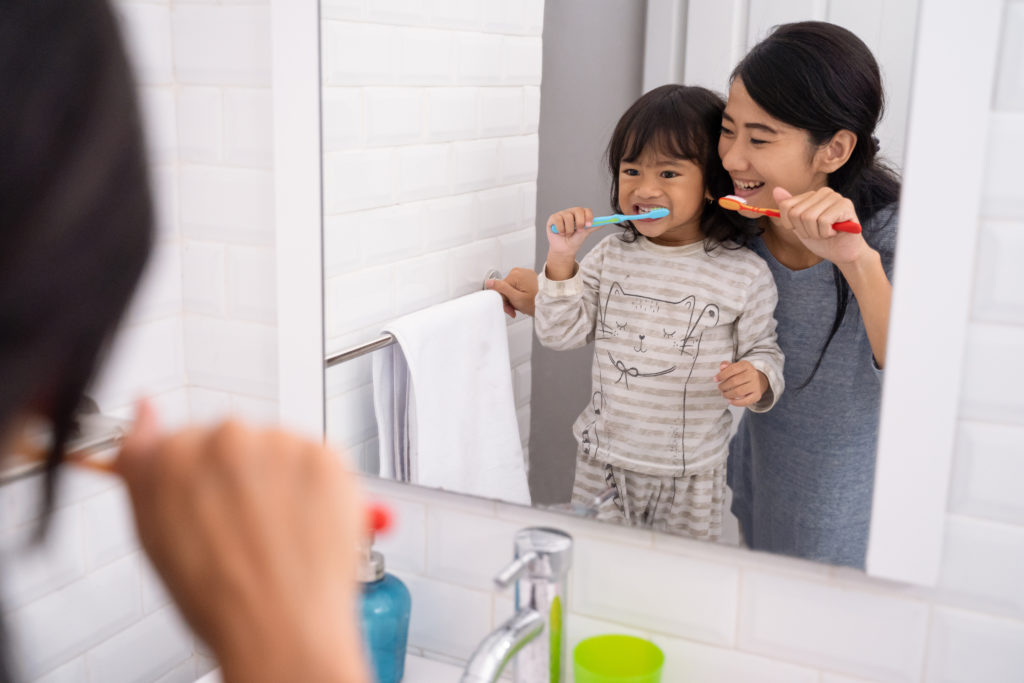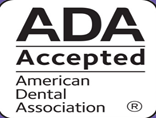Infant and Toddler Mouth Care. What You Need to Know
Posted in:MomsDadsHealthy Smiles
Share:

The joy and excitement you feel after meeting your new baby can also be a stressful time for families. Developing a routine for eating, sleeping, bathing, and oral care may be challenging. Did you know that it is important to clean your infants’ gums after a feeding? Babies need help to remove bacteria and sugars that stay in their mouth after breast feeding or drinking from a bottle. Removing the bacteria and sugars left behind help prevent infections and tooth decay after teeth begin to peak through their gums.
Until your infant develops teeth, clean your infants’ gums by running a damp cloth, gauze, or tooth tissue over their gums on the top and bottom. This should only take a few seconds, but it is an important part of keeping your child’s mouth and body healthy.
It is normal to be nervous or lack confidence when cleaning your infants’ mouth. You may also experience the same feeling when bathing, cutting your baby’s nails, feeding, or changing diapers. Don’t worry, each time you clean your baby’s mouth it will become easier and quicker than changing a diaper and surely less messy.
Start to See Teeth, Make the Following Changes:
- When teeth come in, transition from using a cloth to clean gums and start using a soft bristle small toothbrush with or without toothpaste (whatever your infant tolerates the best) to gently brush the front and back of each new tooth and gently brush their gums.
- Share information with family members and caregivers to let them know how to help keep your baby’s mouth clean.
- Use no more than a rice-grain sized amount of toothpaste on the toothbrush until your child can spit, then you can increase to a pea size amount of toothpaste.
- Flossing is not necessary until teeth are close together and touching.
- When brushing your infants’ teeth look for dark spots on teeth, bright white spots on teeth, raised area at the gumline or bubble, red swollen gums or bleeding or any changes that could indicate a problem. Schedule an appointment with a pediatric dentist if any of these conditions exist.
- Brush your child’s teeth at least twice a day – one time in the morning and before bed.
- Make an appointment for your child to see a dentist for routine dental care by their first birthday. Children who are used to having their gums wiped and teeth brushed every day will be more comfortable going to the dentist.
- When purchasing dental products look for the ADA Seal of Acceptance (see below for an example). This means their products were evaluated and met the safety and efficacy standards of the American Dental Association.
